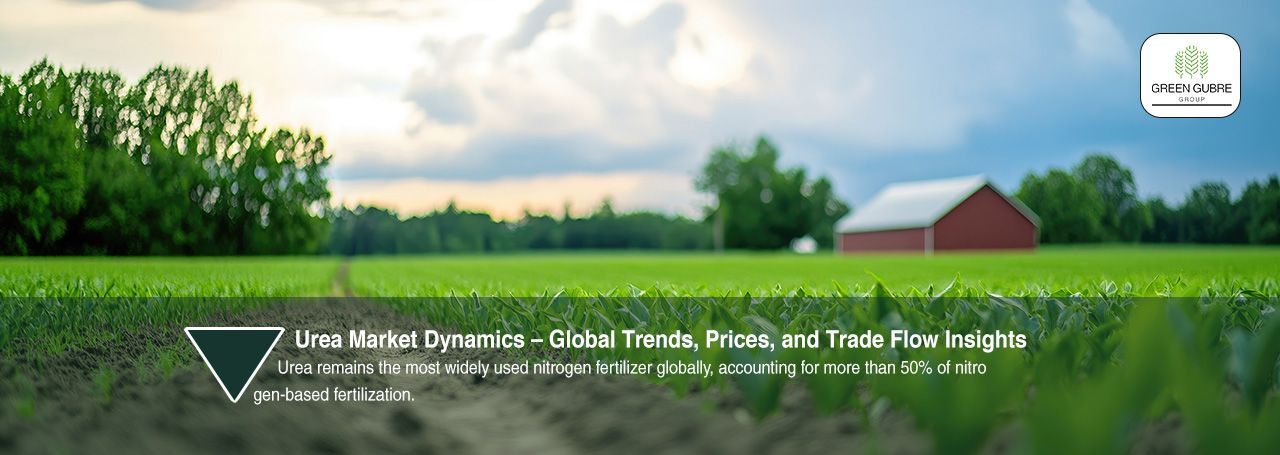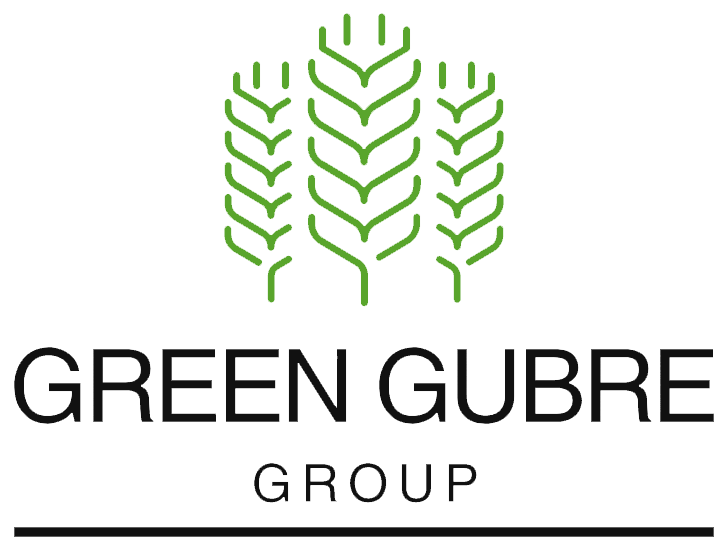Urea Market Dynamics – Global Trends, Prices, and Trade Flow Insights
Urea Market Dynamics – Global Trends, Prices, and Trade Flow Insights

Introduction: Why Urea Still Sets the Tone in Global Fertilizer Markets
Urea remains the most widely used nitrogen fertilizer globally, accounting for more than 50% of nitrogen-based fertilization. It is the benchmark product that anchors global fertilizer pricing, trade logistics, and procurement decisions across continents.
In an era of fluctuating energy prices, shifting export policies, and growing environmental regulation, understanding urea’s market dynamics is essential for every player in the fertilizer supply chain—from producers and distributors to government buyers and agri-input retailers.
🔗 International Fertilizer Association – Urea Market Overview
1. Global Production and Supply Landscape
Urea is produced in regions with abundant access to natural gas, the key raw material for ammonia synthesis. The following countries lead the global urea production landscape:
- China: World’s largest producer; meets domestic demand first, with exports based on surplus and policy cycles.
- India: Heavy domestic production and consumption under government-subsidized programs.
- Russia: Major exporter; recent geopolitical developments have reshaped trade flows.
- Middle East (Qatar, Saudi Arabia, Oman): Export-focused production hubs leveraging low-cost gas.
- North Africa (Egypt, Algeria): Strategically located for exports to Europe and Africa.
- Iran: One of the largest global producers with multiple petrochemical complexes; production serves domestic agricultural needs and regional markets through alternative supply routes.
- Malaysia and Indonesia: Regional producers supporting both local demand and Asia-Pacific exports.
2. Global Urea Prices – What Drives the Fluctuations?
Global urea prices are susceptible to several overlapping factors. Benchmark prices include FOB Middle East, CFR India, CFR Brazil, and FOB Black Sea. The main drivers include:
- Natural Gas Prices: A spike in LNG or pipeline gas directly impacts urea production costs.
- Tender Activity: India’s state-run tenders often shift spot market prices for weeks.
- Export Restrictions: Temporary bans (e.g., those imposed by China and Russia) can create a tight global supply.
- Seasonal Agricultural Demand: Fertilizer application cycles in Asia, Latin America, and Africa drive short-term price surges.
- Logistics & Freight: Maritime disruptions (e.g., Red Sea tensions, high freight rates) directly affect CFR values.
3. Trade Flows – Where Urea Moves and Why It Matters
Key Importers
- India: The largest importer, issuing massive tenders multiple times per year.
- Brazil: Driven by soybean, sugarcane, and maize production, CFR prices here often set Latin American benchmarks.
- USA: Imports urea for agricultural and industrial use; key suppliers include Canada, the Middle East, and North Africa.
- Sub-Saharan Africa: Demand is rising with public investment in food security and fertilizer subsidy programs.
Key Exporters
- Qatar, Egypt, Algeria: Reliable exporters to Asia, Africa, and Europe.
- Russia: Adjusting trade toward Asia and Latin America following geopolitical sanctions.
- Iran: A major producer with growing relevance in regional supply; urea volumes are distributed primarily to domestic markets and nearby countries via land-based or indirect channels.
- Malaysia and Indonesia: Export modest volumes after serving domestic needs.
4. Navigating Complexities: Energy, Regulation, and Logistics
Urea trade is increasingly shaped not only by supply and demand, but also by:
- Carbon Footprint Regulations: Particularly in Europe, where urea imports are being scrutinized under emissions frameworks.
- Currency Volatility: Exchange rates impact procurement decisions, especially in price-sensitive developing markets.
- Regional Blending Trends: Many countries are investing in local urea-blending plants, affecting the types and volumes of imports.
- Energy Access: Gas curtailments or high LNG prices have caused major producers (e.g., in Europe and Pakistan) to idle capacity, shifting buying to the spot market.
5. Global Market Outlook: Toward 2030
The global urea market is expected to surpass USD 85 billion by 2030, propelled by:
- Rising global food demand
- Precision agriculture and nutrient-use efficiency innovations
- Government-backed fertilizer subsidy programs
- Ongoing energy infrastructure development in Africa and Asia
That said, increased pressure to lower emissions and reduce nitrogen runoff will also drive innovation—paving the way for urea-enhanced products, coated urea, and low-carbon manufacturing technologies.
Green Gubre Group – Trusted Expertise in Global Urea Markets
At Green Gubre Group, we offer more than just sourcing. Our global intelligence network and logistics infrastructure provide:
- Bulk and bagged urea (granular/prilled)
- Weekly pricing updates and market trend reports
- Route-specific freight analysis (CFR, FOB, DDP)
- Regulatory updates and customs insight for key regions
- Supplier qualification and trade compliance screening
In strict compliance with international standards, we do not trade with sanctioned markets or restricted entities.
Conclusion: Grow Smarter with Urea Market Intelligence
In today’s volatile agricultural input markets, staying ahead requires more than just good products—it demands real-time insights, reliable logistics, and strategic procurement.
At Green Gubre Group, we empower buyers, distributors, and institutions to make smarter urea decisions—on budget, on time, and fully compliant.




